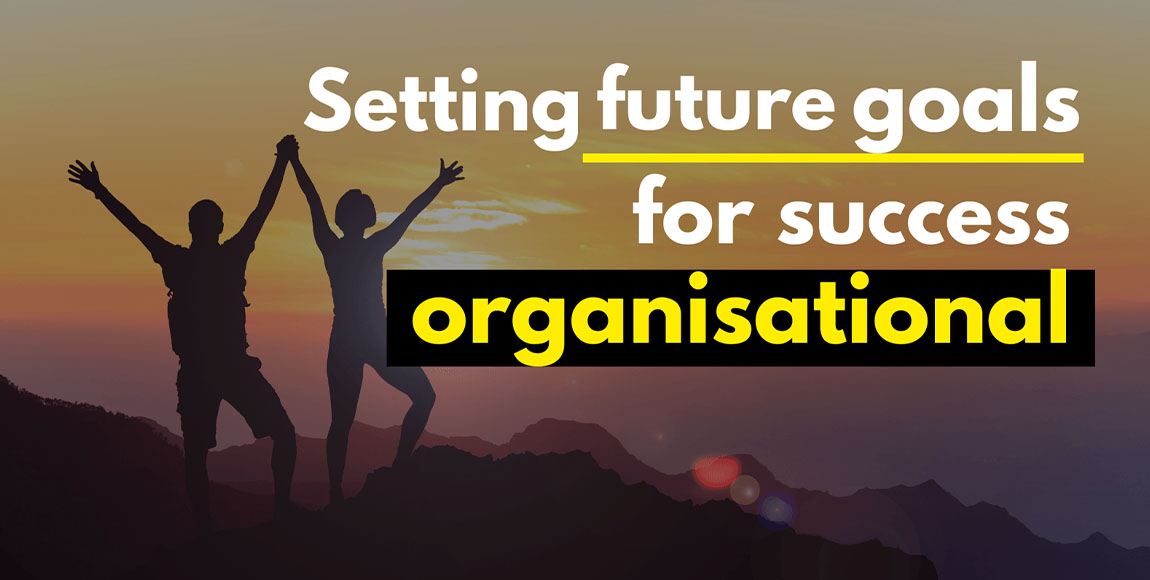
Charting the Course: Setting Future Goals for Organizational Success
In the ever-evolving landscape of business, setting clear and achievable goals is vital for an organization's success. As we approach the future, strategic planning becomes the compass that guides us through uncharted territories. In this article, we'll delve into five essential aspects of setting goals for the future within an organization.
1. Visionary Leadership
At the core of any successful goal-setting initiative is visionary leadership. Leaders must articulate a compelling vision that inspires and aligns the team. This vision serves as the North Star, guiding every decision and action. A well-defined vision creates a sense of purpose and direction, fostering unity among team members.
2. SMART Goal Setting
Setting goals that are Specific, Measurable, Achievable, Relevant, and Time-bound (SMART) is a proven strategy. Specific goals provide clarity, measurable goals offer tangible benchmarks, achievable goals maintain motivation, relevant goals align with the organization’s mission, and time-bound goals instill a sense of urgency. Adhering to the SMART criteria ensures that goals are well-structured and actionable.
3. Employee Engagement
An organization’s most valuable asset is its people. Involving employees in the goal-setting process fosters a sense of ownership and commitment. Conducting collaborative goal-setting sessions allows teams to contribute their insights, ensuring that goals resonate with the entire workforce. Engaged employees are more likely to be proactive in achieving shared objectives.
4. Continuous Learning and Adaptability
The business landscape is dynamic, requiring organizations to be agile and adaptable. Future-focused goals should incorporate a commitment to continuous learning and adaptability. Encouraging skill development, staying abreast of industry trends, and fostering a culture of innovation are crucial components. Goals that prioritize learning ensure that the organization remains competitive and resilient.
5. Regular Performance Evaluation and Adjustment
Establishing key performance indicators (KPIs) is integral to evaluating goal progress. Regularly assessing performance against these indicators allows organizations to identify successes and areas for improvement. Flexibility is key – if circumstances or priorities shift, organizations should be willing to adjust goals accordingly. An iterative approach to goal-setting ensures that the organization remains responsive to its internal and external environment.
Conclusion
As organizations navigate the future, strategic goal-setting serves as the roadmap to success. Visionary leadership, SMART goals, employee engagement, a commitment to learning, and a willingness to adapt are all critical components. By embracing these aspects, organizations can proactively shape their destiny and thrive in an ever-changing business landscape.